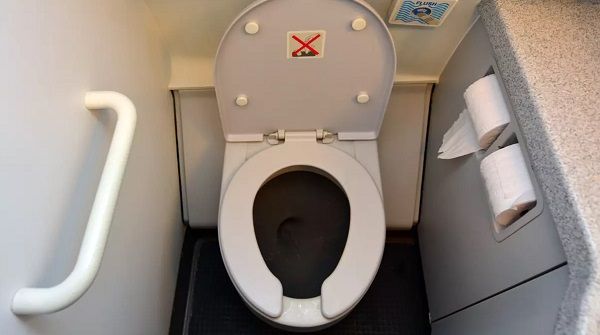Constrained Layer Damping
Catalogs:
Overview
Vacuum-assisted toilet noise can be unsettling and even uncomfortable. One common way to reduce noise levels is to damp structural vibrations that radiate sound. Constrained layer damping (CLD) treatments were investigated for their effectiveness to reduce the radiated noise level on a vacuum-assisted toilet.
[Source]
Constrained Layer Damping works entirely differently to simple surface damping. In CLD, a relatively thin, low-mass damping layer is trapped, or constrained between the surface to be damped and a stiff counter layer, so that when the surface vibrates, the mechanical energy is ‘trapped’ between the two and dissipated in the constrained layer as heat. So, CLD is less bulky and more effective than surface damping, while minimising the additional mass. To work well, the theory states that counter panel must be sufficiently stiff, and the damping layer’s mechanical impedance matched to the panel and counter panel for best energy transfer and absorption.
[Source]
-
No tags applied

